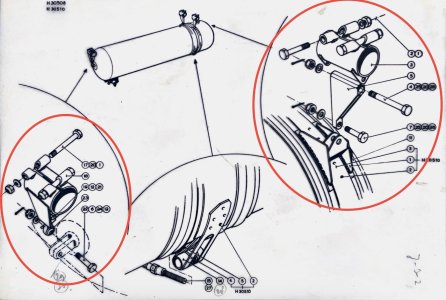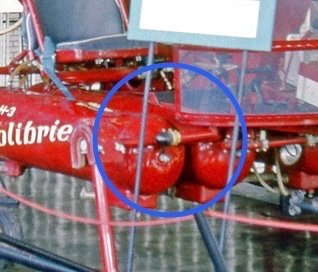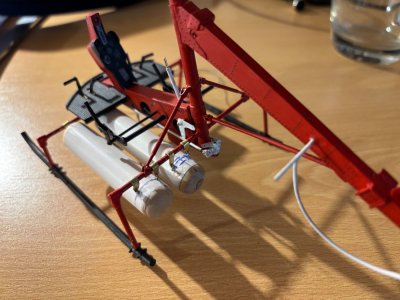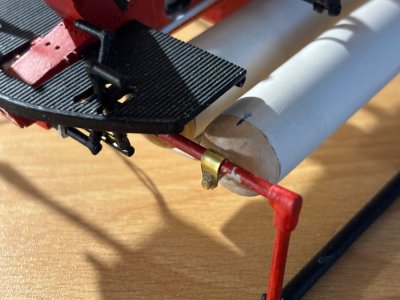Very delicate and nicely scaled parts, Johan. And the sequence of installation can give you a headache. But hopefully no sleepless nights.After having installed the collective controls and closed the torsion box, I changed my focus to the cockpit floor and the tail rotor controls. The four rudder pedals protrude through the floor and connect to two parallel shafts. On each shaft a lever is present, to which a control rod is attached. This control rod is then attached to another lever system in the main mast.
The cockpit floor is made from Evergreen ribbed sheet. It's left over material from my Fokker Spin build, which is now being put to good use. The forward edge of the floor is reinforced with a brass u-section; the Evergreen sheet is rather flimsy, when unsupported. Below a picture of the raw cut floor with the cut-outs for the rudder pedals:
View attachment 510805
In order to have a robust support for the two pedal shafts, I crafted a block with two dia 1.6mm holes, 2.5mm apart.
The two pictures below show this block with one of the shafts installed:
View attachment 510803View attachment 510806
The next picture shows the helicopter's fuselage with one of the shafts installed and in front of the helicopter the second shaft and two of the four pedals:
View attachment 510804
First dry fit of the floor and the rudder/tail rotor control system:
View attachment 510807
Fast forward a day and the second set of pedals have been made and the RH control rod. It's all a temporary fit, still a lot of work is needed to tidy it all up.
One of the issues I'm now encountering is to find the proper build sequence. Since a lot of parts need to share the same space, it's unavoidable to encounter sequence issues, for instance the fwd tank attachments occupy the fwd traverse landing gear spar. The floor with the rudder controls sit directly above the fwd spar. Installing the floor first results in limited access to the tank installation and vice versa. I guess I need a night's sleep over it...
Another emerging issue was that I added some external details to the torsion box, based on the isometric sketches I have, but those details were heavily interfering with the cockpit floor.
View attachment 510809
View attachment 510811
View attachment 510811
View attachment 510810
I can almost she her turning left and right with those pedals.
Regards, Peter





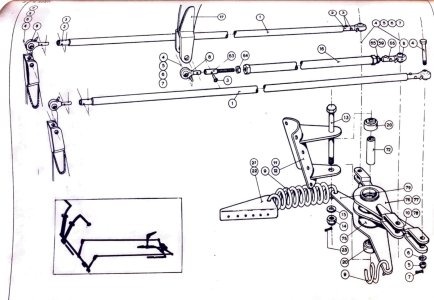

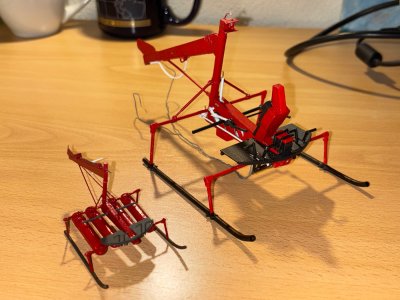
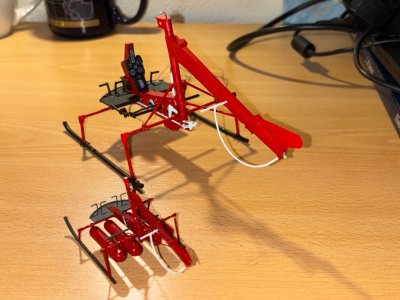
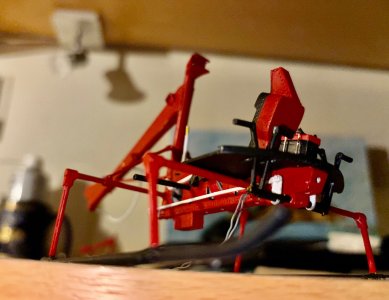
 . Uitstekend. Cheers Grant
. Uitstekend. Cheers Grant

